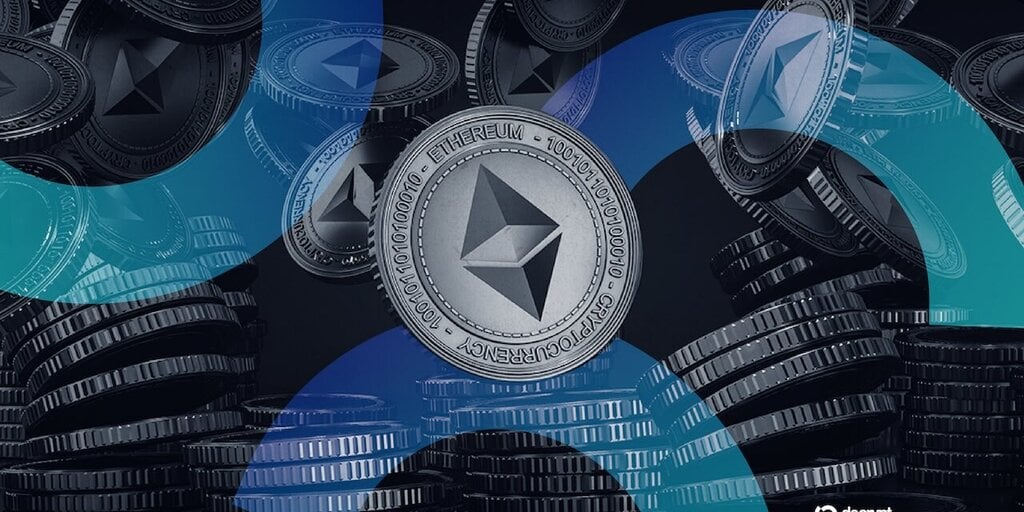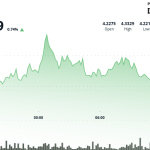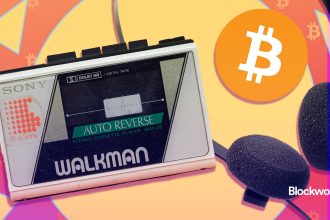In Brief: Etherex Launches as New Linea-Backed DEX Focused on User Alignment
A new decentralized exchange (DEX), Etherex, has launched on the LineaLayer-2 network. Designed as a “metaDEX,” Etherex aims to fulfill Ethereum’s DEX promise through complete user alignment, returning 100% of trading fees and incentives directly to locked token holders, potentially attracting institutional capital.
- Philosophy: Etherex differentiates itself by solving the DEX trilemma, ensuring alignment between liquidity providers, traders, token holders, and the platform itself.
- Incentive Structure: Unlike traditional DEXs, Etherex directs all fees solely to token holders, avoiding “value extraction” and favoring “superior yield.” Contributors also receive locked tokens.
- Network Foundation: Built on Linea, which extends EVM compatibility and aims to be “the chain for ETH capital,” Etherex slots into Linea’s ecosystem, which offers yield to bridged capital and utilizes deflationary mechanisms.
- Potential Impact: By capitalizing on Linea’s anticipated surge from its Token Generation Event (TGE), Etherex seeks to establish itself as central infrastructure, offering stable yields and “infrastructure that lets users swap and earn”, positioned to attract established Ethereum treasuries like SharpLink Gaming.
Context and Background
Etherex is named after a 2014 Ethereum DEX concept and positions itself around Ethereum’s original “uncompromising vision” of decentralization and user alignment, made feasible by technologies like Linea.
Interview Excerpt: Etherex Co-Founder North
“Etherex was first imagined in 2014—when decentralized exchanges were still a dream. … Etherex is built around Ethereum’s original, uncompromising vision: decentralized infrastructure with full user alignment and greater individual flexibility… ‘Only now, with tools like Linea and zkEVMs, can we finally realize that vision without compromise.'”
Interview Excerpt: Declan Fox (Linea Head)
Before Etherex’s launch, Fox described the platform aiming to solve the “DEX trilemma,” currently present with DEXs like Uniswap where token holders don’t receive clear value. A “metaDEX,” he explained, addresses this by ensuring trading fees go to LPs and token holders.
“When you look at a Uniswap model, for example, there’s no obvious value to token holders. And so a metaDEX essentially solves that DEX trilemma by trading fees going to LPs, and obviously token holders as well.”
Market Positioning
Etherex believes its alignment model and the inflow of capital from Linea’s TGE could draw in major ETH holders and institutions seeking “superior yield” on locked tokens provided within the platform’s incentive system. The goal is to become the principal DEX for Linea transactions, characterized by “sticky, sustainable, and net-positive” yield for users.












